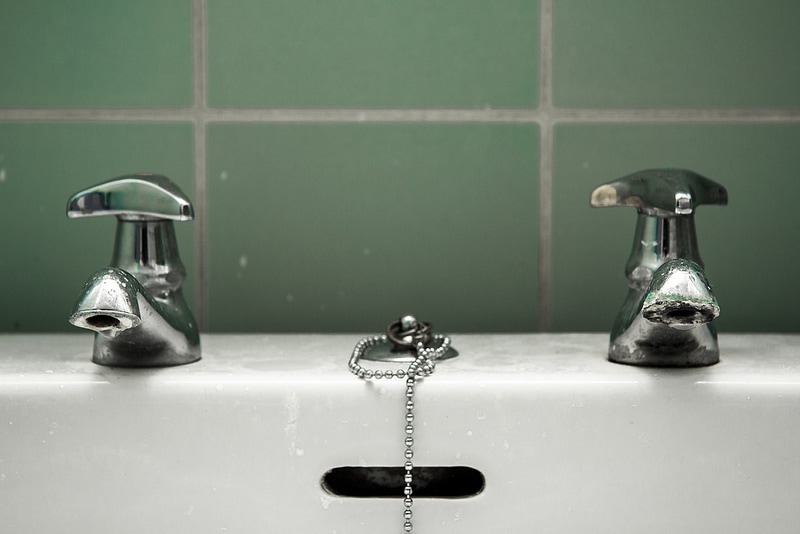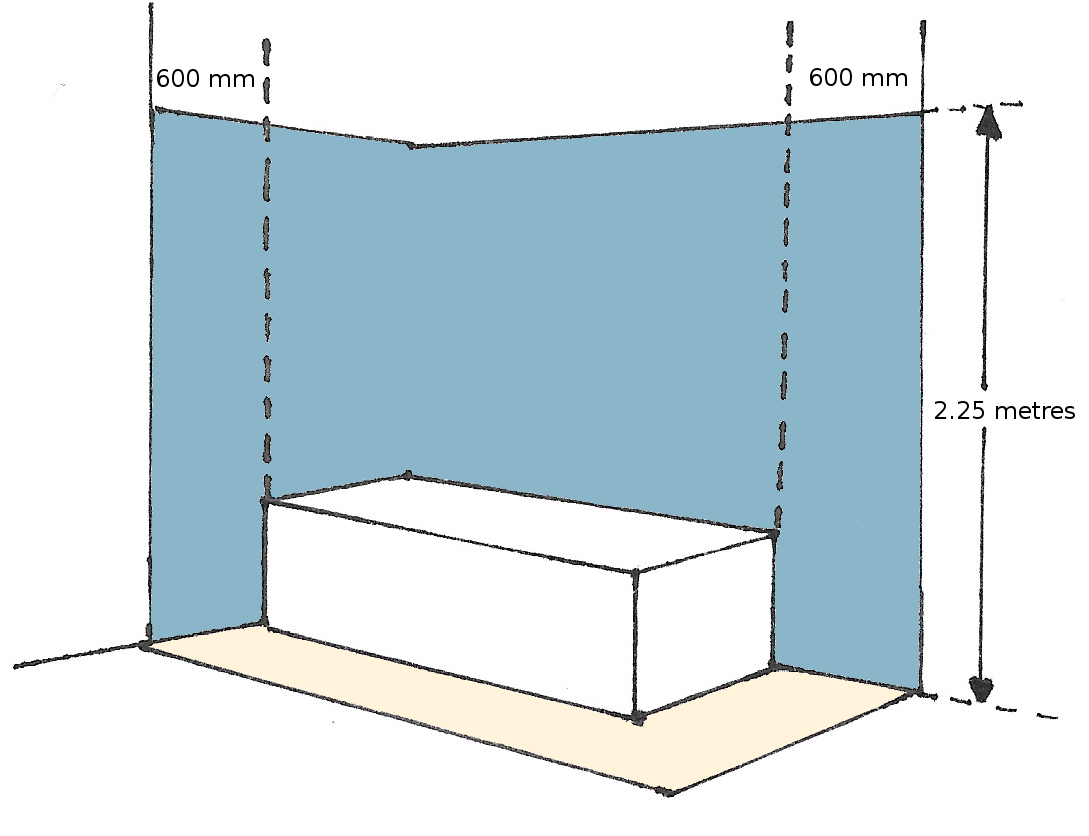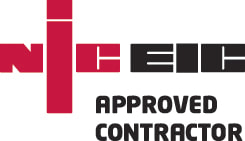|
Most people are well aware that water and electricity are a dangerous combination. With that in mind, electrical work in bathrooms needs to be approached with great care. In fact, according to Part P of the Building Regulations in England, almost all electrical work in most bathrooms must be notified to your local Building Control. (See Figure 1) The simplest and cheapest way to do this is to use an electrician registered with a Part P scheme such as the NICEIC. (If you're considering doing your own electrical work, please read our blog "Why Use A Professional Electrician?" before you decide.) In the following section, we've provided guidance for the following electrical equipment in bathrooms:
Specially designed shaver sockets (manufactured to comply with BS EN 61558-2-5) are the only exception to this rule but can still only be installed at least 600 millimetres distant horizontally from the edge of a bath or shower tray.
Are you unsure whether your bathroom’s electrics are safe or not? The simplest way to remove any doubt is to have an inspection completed by a registered electrician. Much like an MOT for your vehicle, an electrical inspection is a check of your home's electrics which will provide you with a comprehensive report of anything dangerous or not in line with modern safety standards. The correct name for this report is an "Electrical Installation Condition Report" or E.I.C.R. SafeSwitch Electrical can provide an E.I.C.R. for your entire home at a competitive price and take the time to explain the results to you so you can confidently decide what to do next. For more information, contact us. The preceding article is a summary of official consumer advice from the NICEIC - the leading electrical certifier. The original PDF can be downloaded below.
0 Comments
Your comment will be posted after it is approved.
Leave a Reply. |
SafeSwitch ElectricalFollow our blog for easy, concise electrical advice for homeowners and landlords. Archives
November 2018
Categories |
||||||
|
Opening Hours: Mon - Fri Office Hours
Terms Of Service |
Find USSafeSwitch Electrical Ltd
28 Chesterfield Road, CAMBRIDGE CB4 1LN Email: [email protected] Phone : 01223 226 106 |
privacy Policy |
Copyright © 2020 SafeSwitch Electrical Limited


 RSS Feed
RSS Feed
